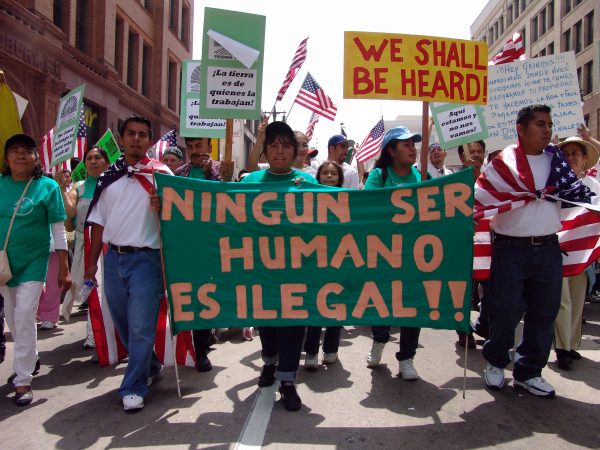
García conducted almost 100 interviews with undocumented Mexican immigrants in two cities in Southern California, Escondido and Santa Ana, both near the US/Mexico border. She also observed events, marches, and town hall meetings to examine undocumented residents’ responses to local immigration policies which contrasted starkly in the two cities.
In Escondido, a San Diego suburb, restrictive immigration policies curtail employment, restrict rentals, and allow for collaboration with Immigration and Customs Enforcement (ICE). Measures banning day laborers and driver’s license checkpoints were intended to incite fear among undocumented residents. Conversely, Santa Ana, located 75 miles north, had more accommodating policies, including advocacy for DREAMers and sanctuary city protections. García found that these contrasting immigration policies shaped undocumented residents’ political participation.
In Escondido, with its more restrictive policies, undocumented residents expressed hesitation in confronting local leaders and politicians. In Santa Ana, in contrast, residents more fully embraced their rights, engaging in grassroots politics, attending city council meetings, and even advocating for issues unrelated to immigration, like bike lanes. García found that even in hostile Escondido undocumented residents overcame barriers to political participation and mobilized in response to restrictive policies, like a proposed measure barring immigrants from rentals.
By highlighting how community members respond to immigration policies, this study illustrates how local political climates can both constrain and empower undocumented immigrants’ political action. Although local context can provide roadblocks to undocumented migrants’ political participation García’s work also shows the potential for these same conditions to inspire collective organizing and mobilization.

Comments